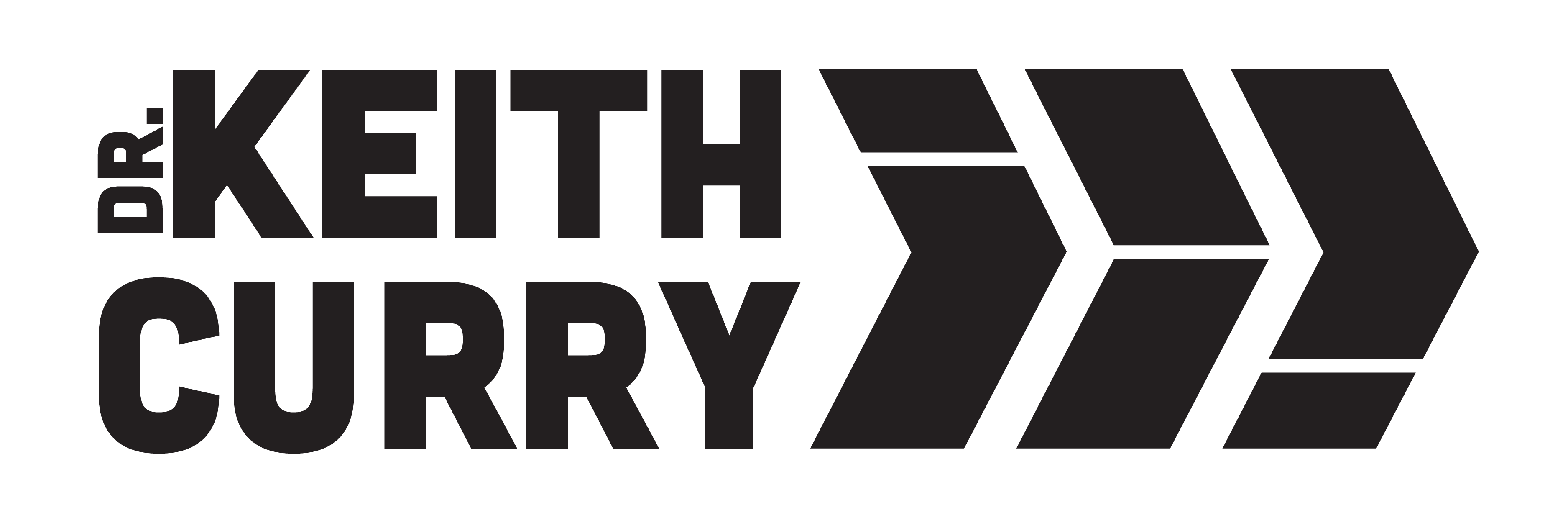Enrollment decline is a real issue affecting higher education institutions nationally. Alarmingly, the disproportionately lower enrollment rates of Black learners continue to decline. Over the last 20 years, 300,000 Black students have been lost from the community college system and about 600,000 from all sectors1. To combat this decline, institutions must step up in their intentional efforts to recruit and retain Black learners. We must implement strategies that encourage the enrollment of Black learners at our institutions, such as the recommendations below.
Students are often discouraged by the application process and struggle with where to start. Institutions must do a better job of simplifying this process for the student. A study has shown that customized information packets related to the admissions process, including a breakdown of college net costs and application fee waivers, increased applications by 19 percent and the likelihood of college match by 41 percent2. These types of interventions are low-cost and demonstrate the streamlining of information that students of today increasingly express a need for.
Institutions can also partner with organizations, like college access programs and community-based organizations, that share similar missions and goals in increasing Black student enrollment. These organizations can assist in filling the gaps, from counseling services, the application process, college prep to even navigating the financial aid process3.
Additionally, institutions can benefit from their alumni networks and current students by leveraging positive experiences to encourage enrollment. It is vital for students of color to feel welcomed and a sense of belonging on the campuses they walk every day. Using the experiences, stories, and mentorship of alumni and current students that can relate to the experiences of Black learners can make a difference in a student’s decision to attend your institution. Furthermore, this proactively fosters a positive, collaborative, and productive environment for the current students involved and future attendees.
Lastly, it is vitally important that institutions use data in their recruitment efforts. Initiatives and programs cannot improve without carefully using data and tracking to learn what works and what does not. Although institutions tend to do a better job of evaluating specific recruitment programs, smaller strategies like customized information packets need reporting data as well. Otherwise, institutions do not have complete picture data that capture the effectiveness of efforts geared toward Black learners. This work is intentional and requires detailed attention and continual improvement to truly tackle the issue of losing Black learners.
References
- Level Up: Leveraging Explicit Value for Every Black Learner, Unapologetically, 2023. https://static1.squarespace.com/static/62bdd1bbd6b48a2f0f75d310/t/641861501fc8ed7049f4bb7d/1679319379751/LevelUp_Report_FINAL2023.pdf
- Hoxby, Caroline and Sarah Turner. 2013. “Expanding College Opportunities for High-Achieving, Low Income Students.” Stanford Institute for Economic Policy Research Discussion Paper 12-014.
- Chitwood, J. Luke, Benjamin Fresquez, and Adam Rabinowitz. 2020. “Better Together Expanding Access and Opportunity Through Community-Based Organization and College Partnerships.” American Talent Initiative and College Greenlight.
